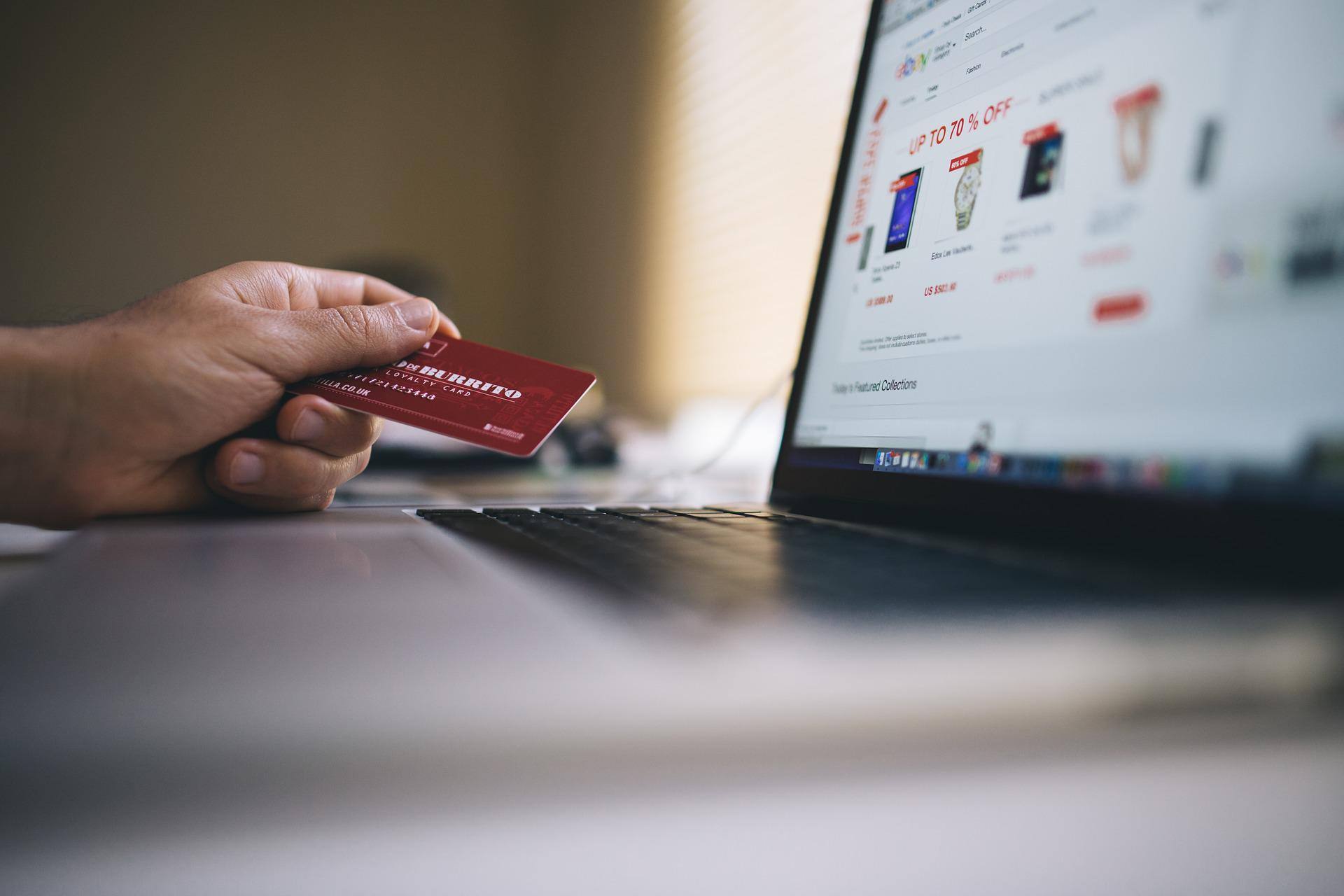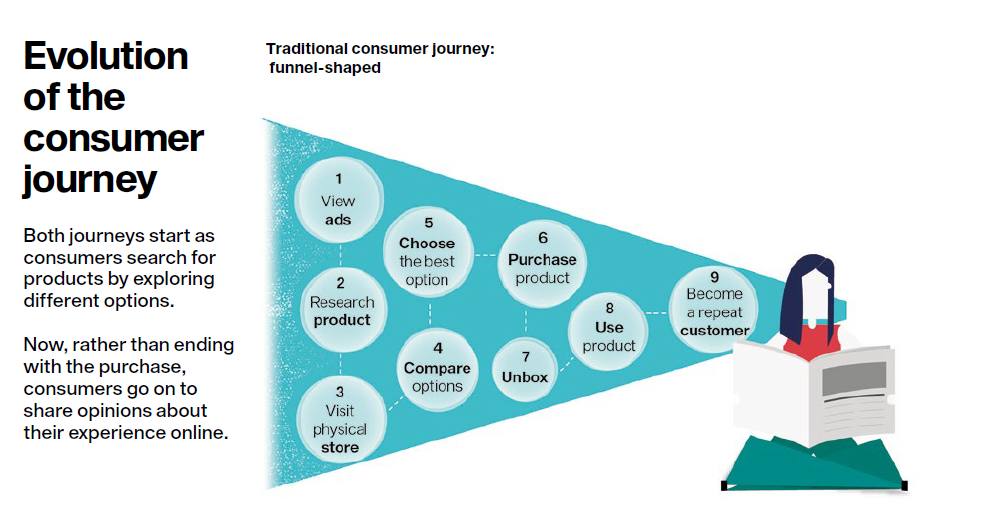
IESE Insight
Rethinking the Funnel for the Omnichannel Age
Wearables, self-driving cars, AI: these trends are triggering a seismic shift in consumer patterns toward a constantly connected and engaged omnichannel model. From his research on retail sector trends and digitization, the author offers a series of tips so that brands and businesses can adapt to the consumer of the future.
In little more than a decade, smartphones have radically reconfigured how we socialize, engage politically, stay informed, study and consume entertainment, providing a big boost to many sectors and putting at risk those that don't keep up with the times. People born after 1995 have never known a world without internet connectivity and mobile devices, though we are all, to some extent, part of what's being called the Mobile Generation.
This technological revolution has already left a trail of corporate corpses in its wake, including such household names as Kodak and Nokia. Newspapers have been forced to redefine their business models. Bookstores and music stores are increasingly becoming a rarity, to be enjoyed only by the most committed bibliophiles and music purists. Television broadcasters have also had to reconsider their business models, having been forced to shift from terrestrial to cable and now live streaming.
Still, millions of photographs are published every day on social media; professional and home videos are broadcast and shared in staggering volumes; music is heard and exchanged more than ever; news is instantaneous; and virtually all forms of information and knowledge are just a click away.
How does all this affect consumers? And how can brands and businesses adapt to these changes?
Over the past few years, I have conducted several studies whose findings point to a number of strategies that would enable companies to take full advantage of this sweeping digital transformation. In this article, I highlight some defining traits of the future consumer and suggest how brands and businesses ought to be adapting to them.
The New Consumer
Consider the world today: digital entertainment is available on demand; online socializing has exploded, shrinking once-vast physical-distance barriers; and communication gets cheaper by the day, and in some cases is even free. It should come as no surprise, then, that consumer patterns are shifting at a dizzying pace.
CONSTANTLY CONNECTED. In most places, even in the remotest corners of the world, consumers own a smart device with full 24/7 access to news and information.
MORE FREE TIME. The more companies automate, the more free time they open up for consumers. While automation at check-ins/checkouts or call centers may still be relatively new to us, factories, warehouses and distribution centers are near fully automated, with robotics increasingly supplanting the human workforce. The hours freed from work affords more hours for other activities. It also raises profound questions about the possible need for a universal basic income, given that roughly half the world's jobs are at risk of being automated.
HIGHER-LEVEL SKILLS. It is becoming less and less useful to memorize dates, events and other encyclopedic information. More relevant is knowing the right questions to ask and interacting well with other people. For this reason, education systems are increasingly focusing on teaching students critical thinking and social intelligence.
EXPERIENCE-FOCUSED. As people gain more disposable income, they may engage in conspicuous consumption, splashing out on flashy goods or expensive status symbols to display their new acquisitive power. However, in many advanced economies, particularly among millennials, the trend is toward socially meaningful consumption, personal improvement or wellness. It's substance over style that matters.

The New Consumer Journey: From Funnel to Fish
It's not just the consumer that's changing; so, too, is the sales channel. Today's consumers begin their search for products with an unclear need to satisfy. The need gradually becomes more defined as they gather more information about the different options available along their way to the purchase. Most of this journey is digital.
Traditionally, the consumer decision journey has been presented in the shape of a funnel, in which the options narrow the closer you get to the point of purchase. Now, that journey looks rather different. As soon as you express an interest and start weighing up your options, rather than narrowing down, the choice sets open up and go extremely wide, as new windows pop up or you consult different sources on different screens. The journey only closes with the purchase. However, it opens up again as you share opinions, swap stories, offer advice or give ratings about your experience online. For this reason, the market research agency Kantar has presented the new consumer journey not as a funnel but as a fish.


